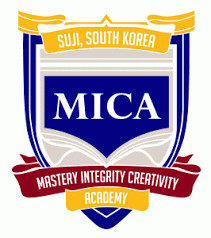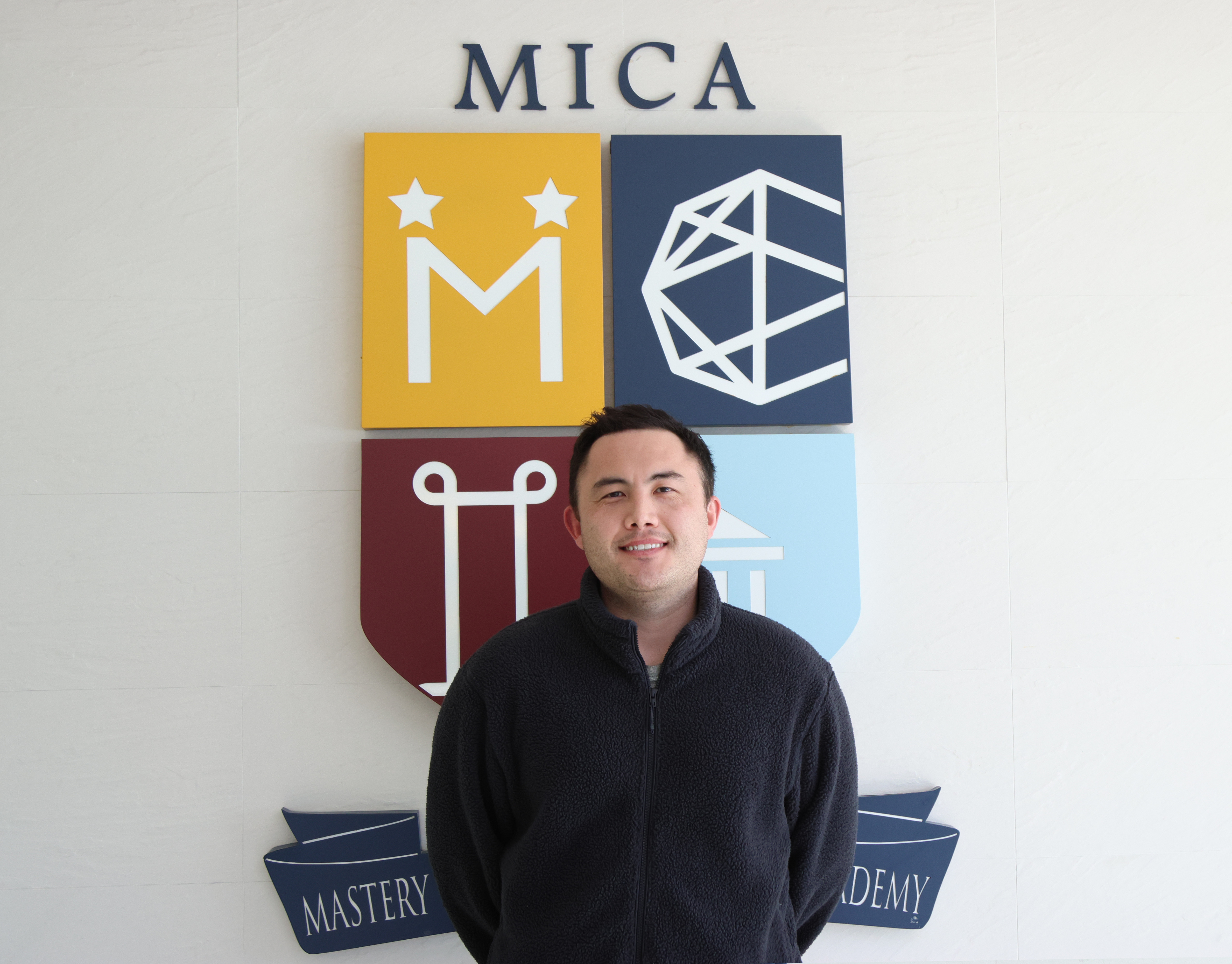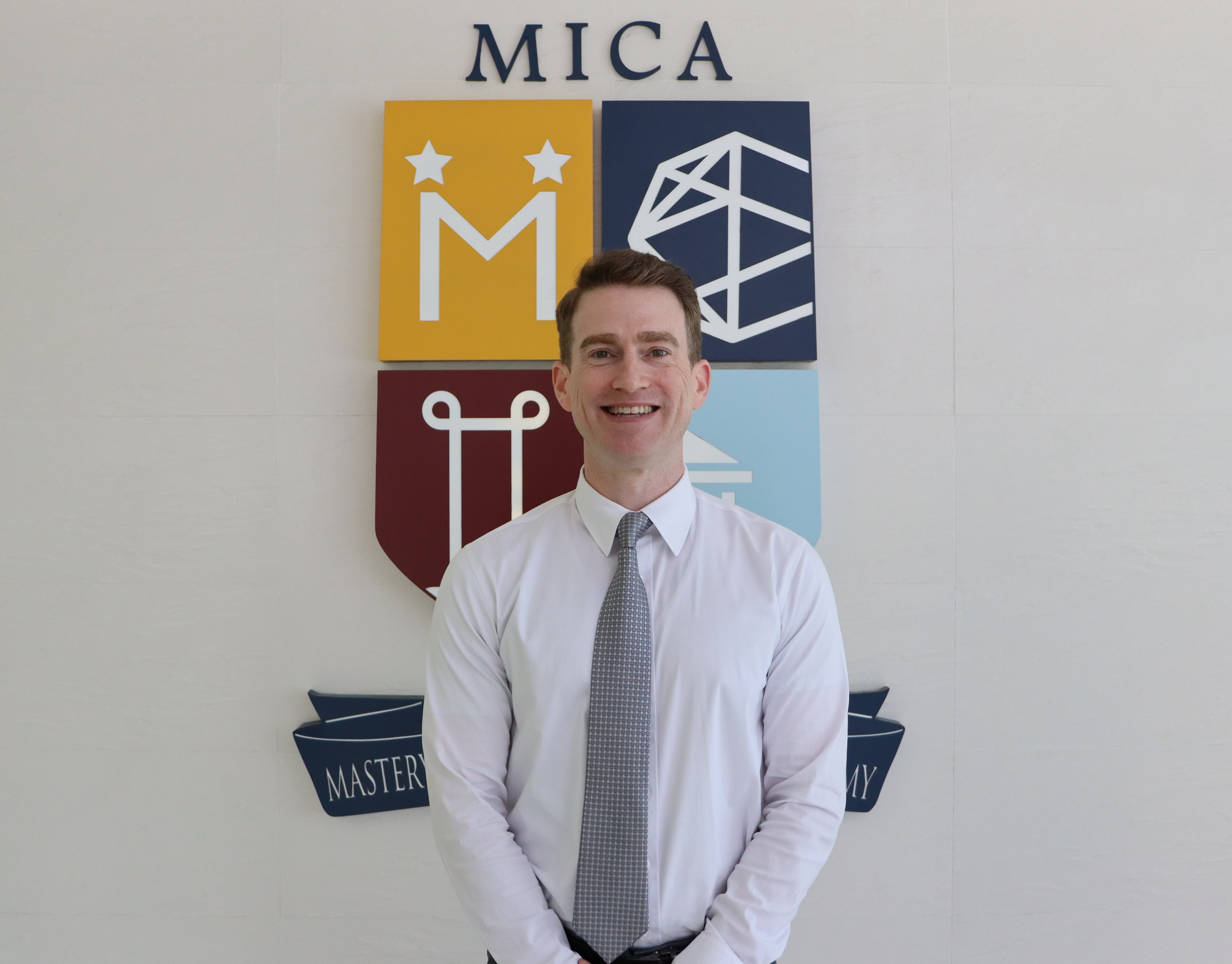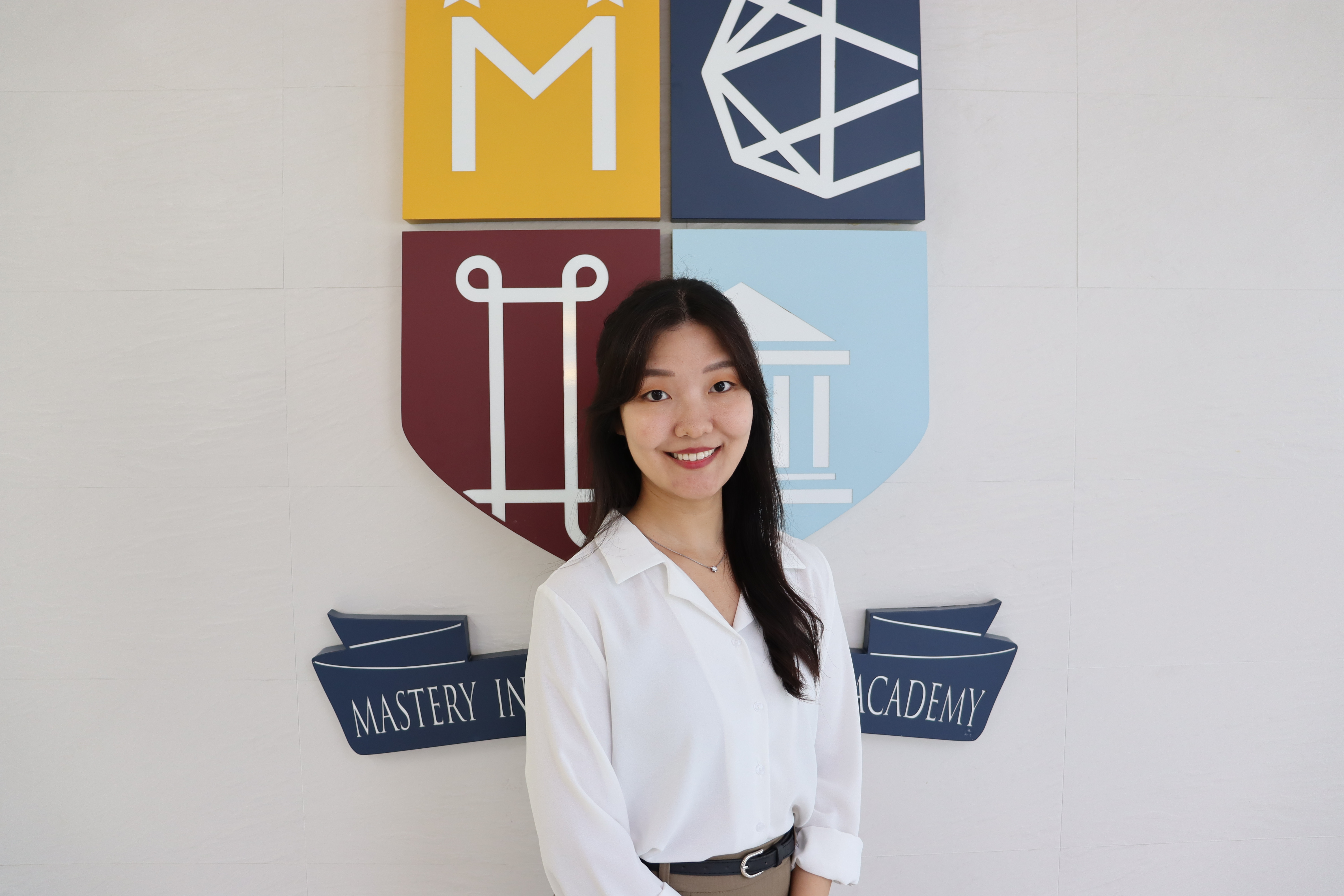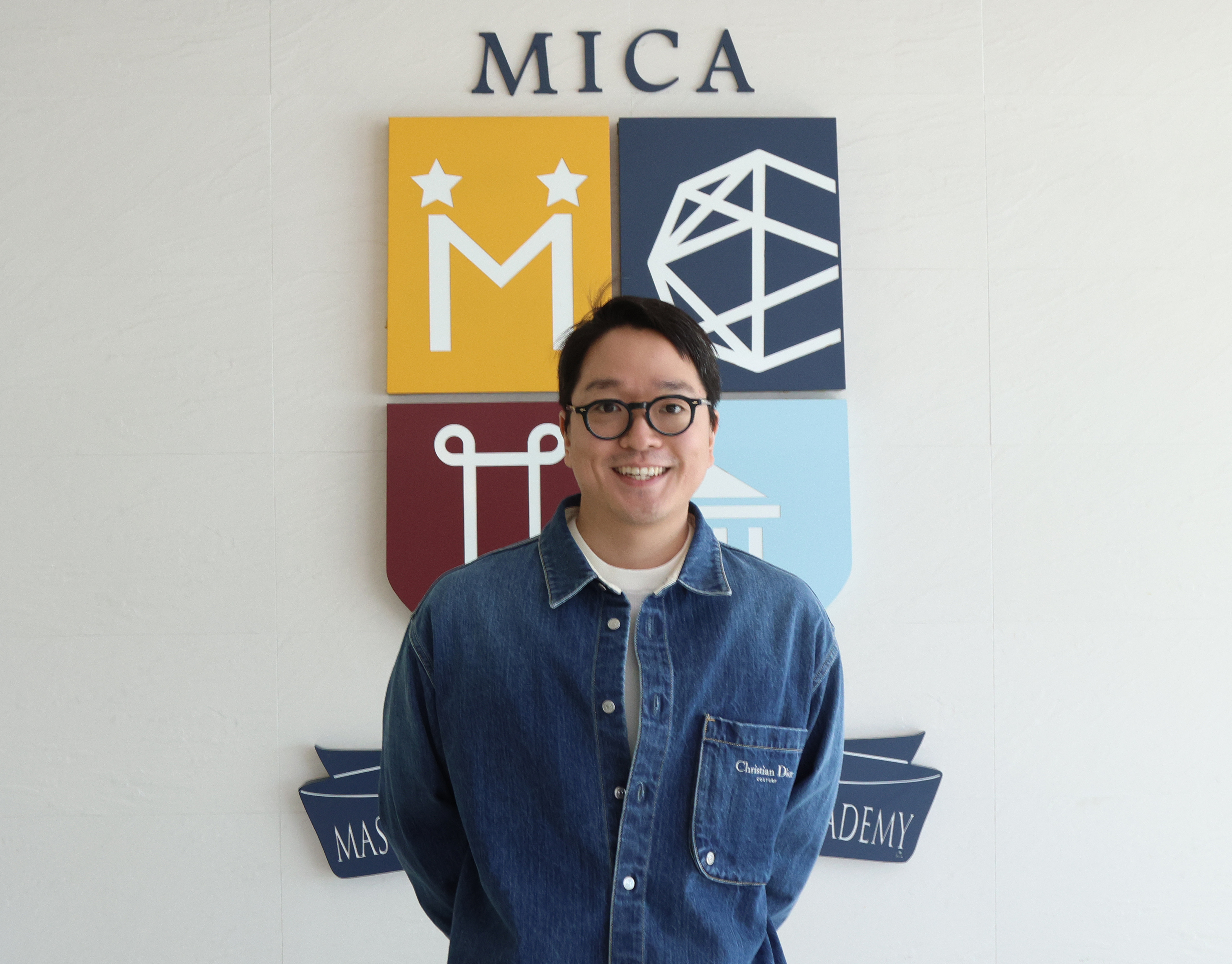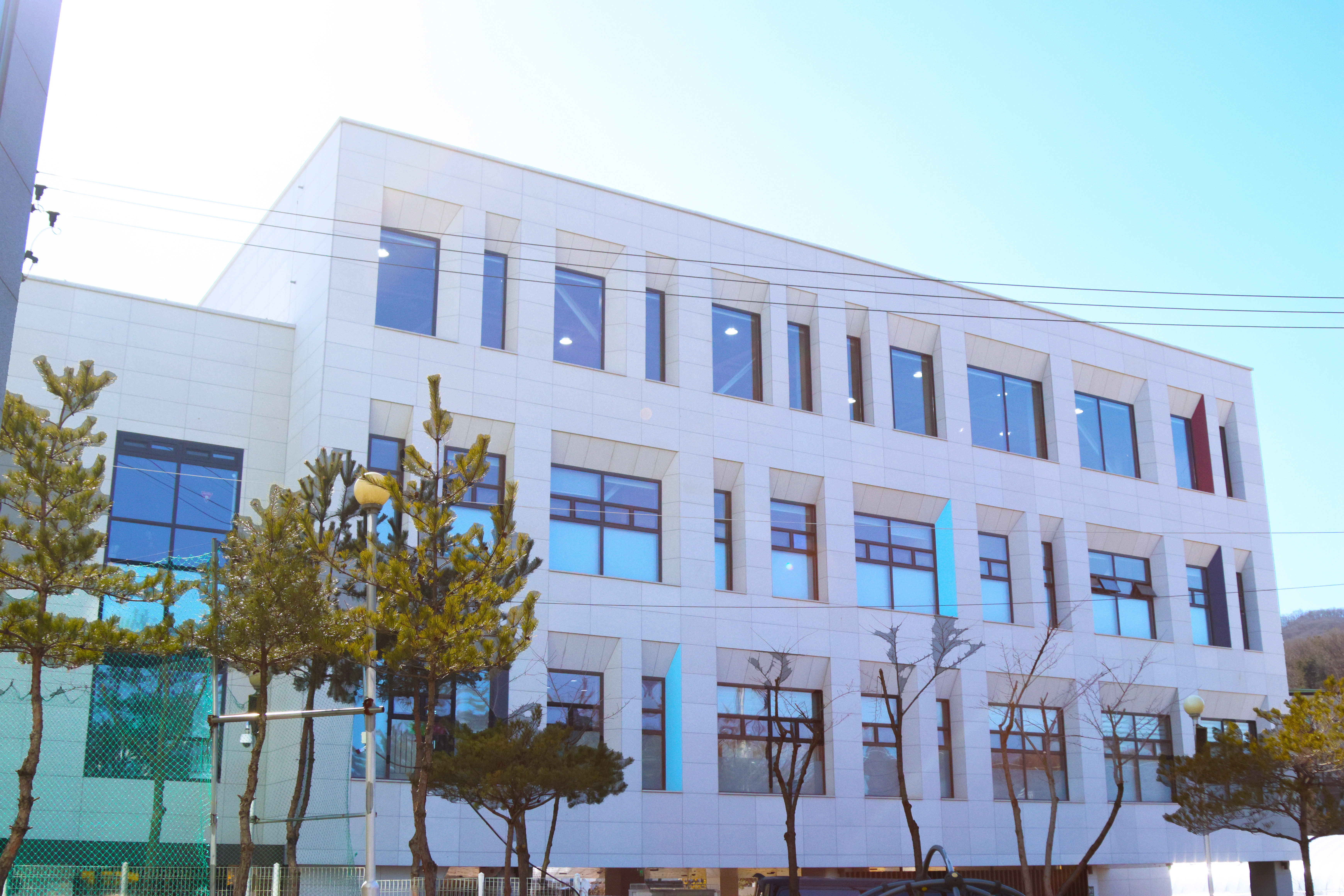
MICA Campus Tour
Welcome to the MICA campus! We are excited to introduce you to our key facilities that help create an engaging and dynamic learning environment for both our students and staff. Our campus consists of two main buildings, situated adjacent to one another. The first building is mainly for our primary students, while the second building is primarily for our secondary students. The homeroom classrooms are central to our daily learning, equipped with touch-screen TVs, laptops, and iPads to support interactive digital lessons to foster student engagement and encourage participation. Each building also features a dedicated staff room, where teachers can grab a cup of coffee and chat with colleagues. These rooms are stocked with coffee machines, snacks, and microwaves, providing a comfortable space for staff to relax during their free periods. We also have specialized classrooms for elective subjects like Psychology and Music, where students can explore their interests in more depth. Our auditorium is primarily used for classes, but also used to host a variety of events throughout the year, including plays and musical performances. The library provides a peaceful space for reading and relaxation, with a wide range of books and resources, including new arrivals and grouped by different grade levels. The IT room is set up for research and digital learning, where students can use computers for lessons and online tools. Teachers can reserve the room in advance for their classes. Our counseling room provides a confidential and supportive space where students can seek guidance on academic or personal matters, offering a safe environment for them to feel comfortable and supported. Nearby, the cafeteria acts as a central gathering spot for both primary and secondary students, serving healthy, organic meals and snacks designed by a licensed nutritionist. Along with a variety of lunch options, the cafeteria is equipped with vending machines for students to grab snacks and drinks during breaks. Our indoor gymnasium hosts PE classes and after-school sports like basketball, volleyball, and badminton, as well as hosting games with other schools. It also serves as a recreational space for students during recess. In the warmer months, students can also go outside for recess on our outdoor recreation area. That concludes our overview of the MICA campus! We hope this gives you a good sense of the key facilities that will support you as a teacher here at MICA. We look forward to welcoming you to our community and supporting your teaching journey. Interested in joining our team? Explore our available positions here.
